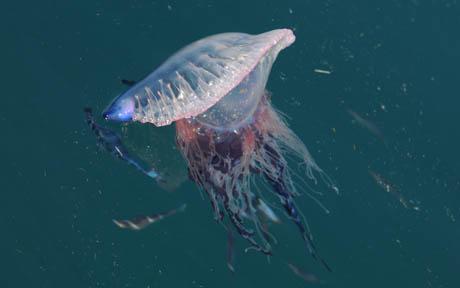OF THE
TIMES
I've had enough of someone else's propaganda. I'm for truth, no matter who tells it. I'm for justice, no matter who it's for or against. I'm a human being first and foremost, and as such I am for whoever and whatever benefits humanity as a whole.
Dragging that piece of human excrement tied to a rope behind a speed boat would be a just punishment.
Playing with matches? I'd bet the fire fighers were sooo excited by this new product on the market. [Link]
I am suspect of all protests true intentions, with that said...obviously the bribed joke of a congress politicians could care less by earmarking...
The Tommy's go marching 2 by 2 hurrah, hurrah. Off to war, oops, I mean to aid as the Rothschild's gollum.
NATO (UN) footstool of U.S. which is the Footstool of Zionist oligarchy. Ukraine is a half sister to Israel...read your history people.
To submit an article for publication, see our Submission Guidelines
Reader comments do not necessarily reflect the views of the volunteers, editors, and directors of SOTT.net or the Quantum Future Group.
Some icons on this site were created by: Afterglow, Aha-Soft, AntialiasFactory, artdesigner.lv, Artura, DailyOverview, Everaldo, GraphicsFuel, IconFactory, Iconka, IconShock, Icons-Land, i-love-icons, KDE-look.org, Klukeart, mugenb16, Map Icons Collection, PetshopBoxStudio, VisualPharm, wbeiruti, WebIconset
Powered by PikaJS 🐁 and In·Site
Original content © 2002-2024 by Sott.net/Signs of the Times. See: FAIR USE NOTICE

of jellyfish articles lately if one does a search in SotT.